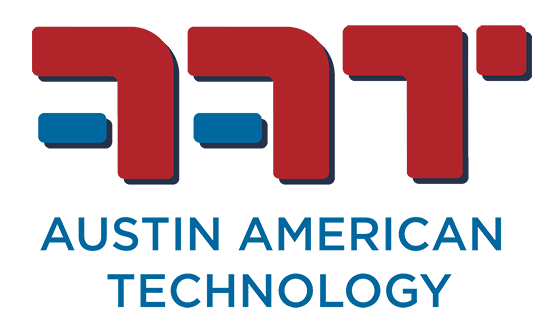Steve Stach
Austin American Corporation
Bernet, TX, USA
[email protected]
Optimizing Batch Cleaning Process Parameters for Removing Lead-Free Flux Residues on Populated Circuit Assemblies
Mike Bixenman, DBA
Kyzen Corporation
Nashville, TN, USA
[email protected]
Abstract
Electronic assembly cleaning processes arebecoming increasingly more complex because of global environmental mandates and customer driven product performance requirements. Manufacturing strategies today require process equivalence. That is to say, if a product is made or modified in different locations or processes around the world, the result should be the same.If cleaning is a requirement, will existing electronic assembly cleaning processes meet the challenge? Innovative cleaning fluid and cleaning equipment designs provide improvedfunctionality in both batch and continuous inline cleaning processes. The purpose of this designed experiment is to report optimized cleaning process parameters for removing lead-free flux residues on populated circuit assemblies using innovative cleaning fluid and batch cleaning equipment designs.
Introduction
High growth electronic products require performance on demand and miniaturization accelerating the need for thinner and highly dense circuitry. Miniaturization is constantly imposing new criteria and challenges on the cleaning process. One such challenge is the removal of all soldering residues adjacent to fine pitch components and under Z-axis area array, leadless chip carriers, and chip cap components. Aqueous inline spray-in-air in combination with engineered cleaning materials creates a path for removing surface and Z-axis residues from the populated circuit assembly. The problem is thatnot all manufacturing operations have the capacity, utilities, or floor space to support an aqueous inline cleaning process. Process Equivalence (the ability for spot cleaning, batch, and inline cleaning equivalence) is a core need within electronic assembly manufacturing operations. The focus of this research is to develop process variables that provide process equivalence between aqueous inline and batch cleaning processesfor cleaning flux residues under the Z-axis.
Article Summary
The Research in Brief –the core research:With the advent of SMT in the 1980’s, a need arose to clean gaps of less than 5 mils that were fully filled with flux(Figures 1&2).The core research of this paper focuses on this cleaning challenge because it is considered one of the most difficult cleaning challengesfaced by manufacturing engineerswhen designing cleaning processes that achieve the demandsof building today’s circuit designs.
